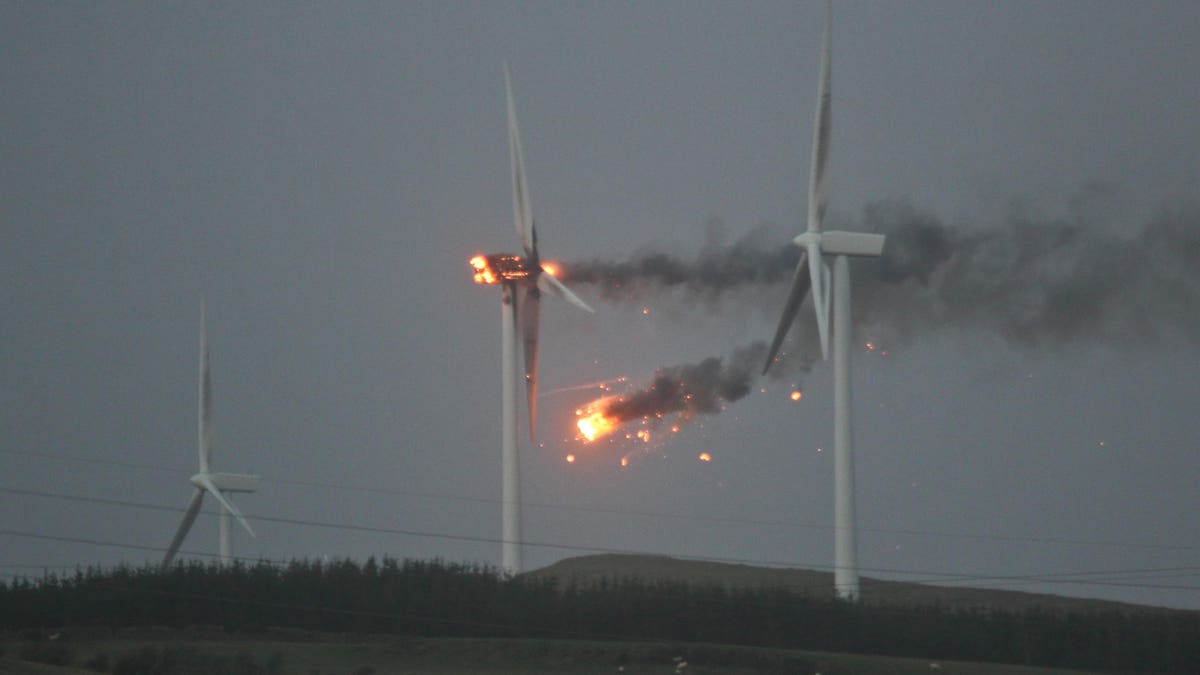In recent years, central bankers globally added climate change to their mandate. Or at least to their talking points. A 2021 survey revealed that 63% of central bankers believe climate change fits within their purview. Members of the European Central Bank even declared the battle against climate change a “core duty.” With this promising stance, environmentalists eagerly anticipated a wave of support from these institutions.
However, fast forward a few years, and things have taken a turn. Central banks have rapidly hiked interest rates, and it’s the renewable sector that is the most impacted. Multiple renewable companies, including Brookfield Renewable Corp, Algonquin Power, and NextEra Energy
NEE
Some of the benefits of renewables are the exact things that make them more susceptible to this hiking cycle. Historically, the long lifespan of renewable assets was a boon. Yet in this high discount rate environment, the value of these assets diminishes. In stark contrast, oil and gas assets, especially shale wells that realize over half their value in the initial year, are less impacted by discounting. The quick returns these traditional energy sources provide are more shielded from the repercussions of rising discount rates. Not only are shorter-duration oil and gas assets worth more but the high rates are keeping out new competing energy supplies.
Another formidable challenge for the renewable industry is the heightened carry cost stemming from these high interest rates. Although renewable projects have always grappled with a stringent permitting process, it was manageable when the cost of capital was minimal. This is probably one of the reasons the industry got comfortable with some obscene permitting timelines because people cared less when the time value of money was negligible. However, with rising interest rates, prolonged evaluation periods have emerged as deadly to the financial viability of these projects. As a testament to these challenges, Vattenfall AB recently shelved a wind farm project off Britain’s coast, and EDF Renewables called off a solar venture in Ohio, citing escalating costs.
The knock-on effects don’t stop at proposed assets. Renewables’ major developers are witnessing shrinking cash flows on legacy assets as higher debt service costs eat up more of the cash flows. They simply have less to invest in future supply. It has gotten to the point that investors, observing the financial strain, are advocating not just for a pause in expanding renewable portfolios, but even selling off renewable assets. A case in point is Algonquin Power, currently under investor pressure to sell the entire renewables portfolio.
It raises the question: How long will this trend persist? At present, it’s evident that renewable energy pioneers are facing headwinds, while traditional energy sectors enjoy a resurgence. The ironic twist is that higher rates resulting in less supply, and higher energy costs, might inadvertently prolong the battle against inflation.
The recent commentary from central banks has almost no mention of climate change, with the sole focus on inflation, and it shows how it’s not viable to juggle multiple mandates. Climate activists have not spent much time forming a position on rates, and it will be interesting to see if the discussion on rates impairing renewable projects ever makes it from conference calls to the streets. At current levels, renewable projects disappear from supply curves every several weeks. Not as many people seem worried about this major shift as they do about whether their city thinks they will start adding electric buses in 12 years or 11.
Read the full article here





